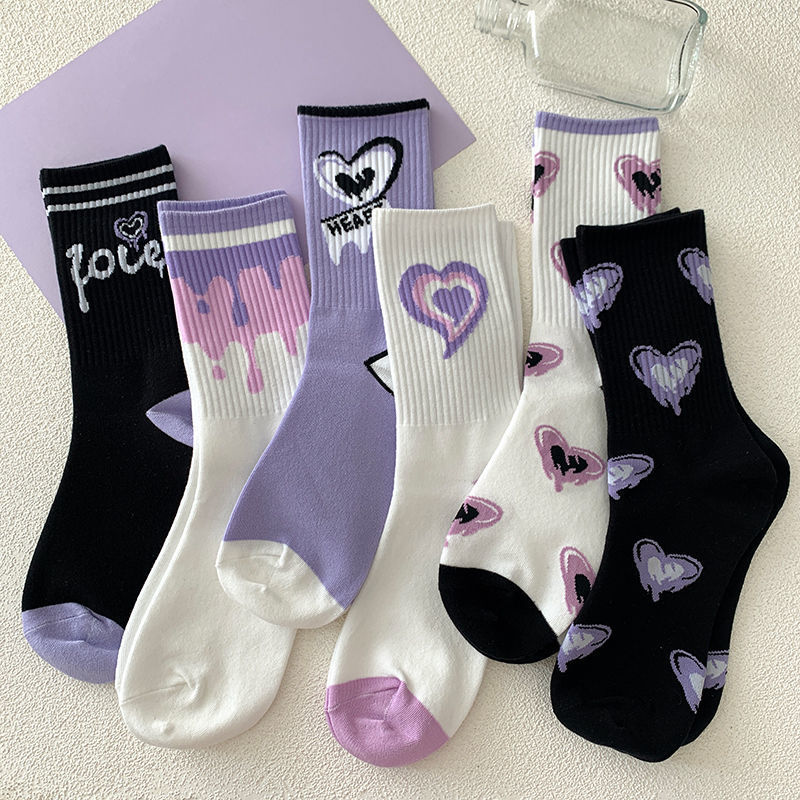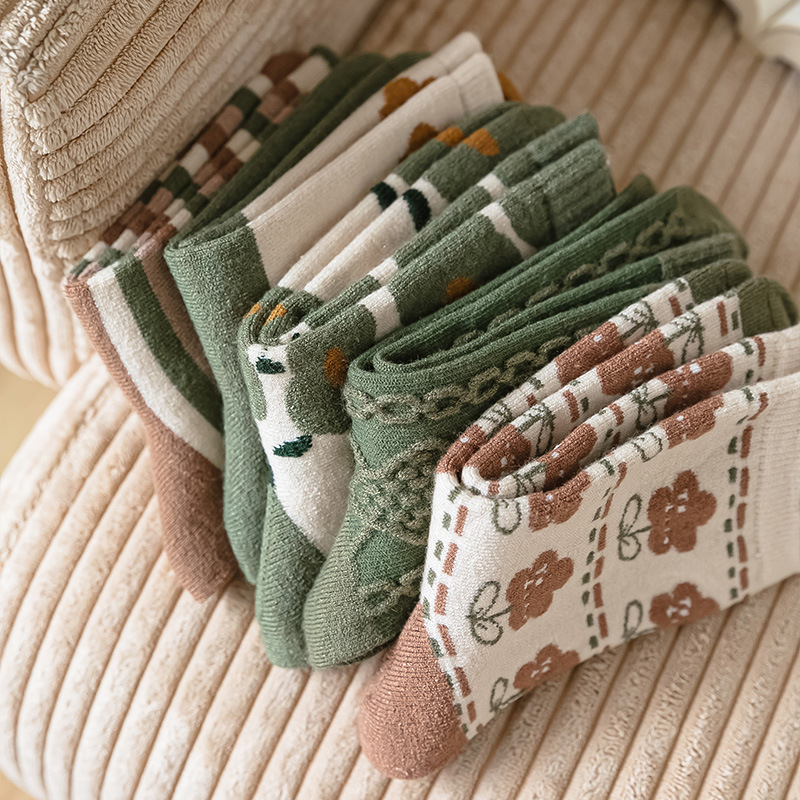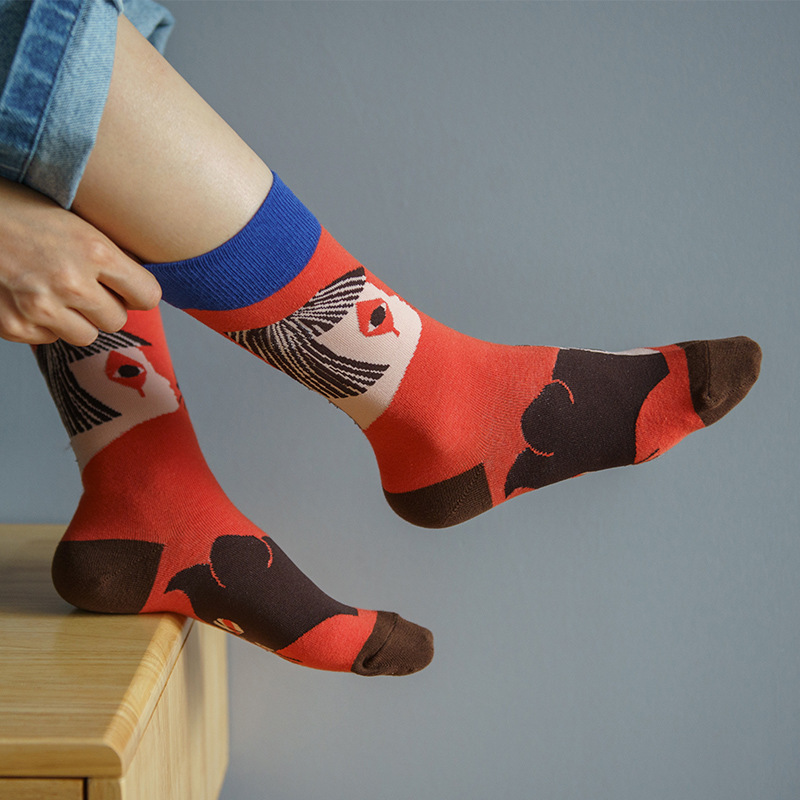Socks
The Art and Science of Socks: Finding the Perfect Pair for Every Occasion
Introduction
Socks are more than just a foot covering; they are a blend of art and science, designed to offer comfort, protection, and style. From enhancing athletic performance to adding a touch of flair to a business suit, the right pair of socks can make a significant difference. This article explores the intricate world of socks, examining their various types, benefits, and how to choose the ideal pair for different needs.
1. The Multifaceted Role of Socks
Socks play several vital roles beyond merely covering your feet. Here are some of the key functions of socks:
Protection: Socks shield your feet from friction and pressure, reducing the likelihood of blisters and calluses. They act as a barrier between your feet and your shoes, minimizing direct contact and preventing skin irritation.
Comfort: High-quality socks provide cushioning and support, enhancing the overall comfort of your shoes. This is particularly crucial for individuals who are on their feet for extended periods or engage in rigorous physical activities.
Hygiene: Socks absorb sweat and moisture, helping to keep your feet dry and reducing the risk of fungal infections and bad odors. They also create a more sanitary environment within your shoes.
Temperature Regulation: Depending on their material, socks can keep your feet warm in cold weather and cool in hot weather. This thermoregulatory function is essential for maintaining foot health and comfort.
2. Exploring Different Types of Socks
Understanding the various types of socks available can help you choose the best pair for your needs. Here are some popular categories:
Athletic Socks: Designed for sports and physical activities, these socks often feature extra padding in the heel and toe areas, moisture-wicking materials, and arch support. They come in various lengths, including ankle, crew, and knee-high.
Dress Socks: Typically made from finer materials like cotton, silk, or wool, dress socks are designed to be worn with formal attire. They are thinner and more refined, often featuring subtle patterns or solid colors.
Casual Socks: Versatile and comfortable, casual socks are suitable for everyday wear. They come in various materials and styles, including fun patterns and vibrant colors to match your casual outfits.
Compression Socks: These specialized socks apply graduated pressure to the legs, helping to improve blood circulation and reduce swelling. They are beneficial for athletes, travelers, and individuals with certain medical conditions.
Thermal Socks: Made from thick, insulating materials, thermal socks are designed to keep your feet warm in cold environments. They are perfect for winter sports or outdoor activities in chilly weather.
Toe Socks: With individual compartments for each toe, toe socks promote better alignment and reduce friction between toes. They are popular among runners and people who prefer minimalist footwear.
3. The Science Behind Sock Materials
The material of your socks plays a crucial role in their performance and comfort. Here are some common materials used in sock manufacturing:
Cotton: Breathable and soft, cotton is a popular choice for everyday socks. It absorbs moisture well but can retain sweat, making it less suitable for intense physical activities.
Wool: Known for its excellent insulation and moisture-wicking properties, wool is ideal for both warm and cold weather. Merino wool, in particular, is soft, non-itchy, and highly effective at regulating temperature.
Synthetic Fibers: Materials like polyester, nylon, and spandex are durable, stretchy, and quick-drying. They are often blended with natural fibers to enhance the performance and longevity of socks.
Bamboo: Bamboo fibers are soft, breathable, and eco-friendly. They have natural antimicrobial properties, making them an excellent choice for maintaining foot hygiene.
Silk: Luxurious and lightweight, silk socks are typically reserved for formal occasions. They provide a smooth, comfortable feel but lack the durability of other materials.
4. How to Choose the Perfect Pair of Socks
Selecting the right socks involves considering several factors, including fit, material, and purpose. Here are some tips to guide your decision:
Determine the Purpose: Identify the primary use of the socks. Are they for sports, work, casual wear, or a special event? Different activities require different features, such as extra cushioning for sports or moisture-wicking for hiking.
Choose the Right Material: Based on the intended use, select a material that offers the necessary properties. For example, opt for wool or synthetic blends for hiking socks, cotton for casual wear, and silk for formal occasions.
Ensure a Good Fit: Proper fit is essential for comfort and performance. Socks that are too tight can restrict circulation, while loose socks may bunch up and cause blisters. Look for socks with a snug fit around the heel and arch.
Consider Length and Style: Choose the appropriate length based on your footwear and outfit. Ankle socks are great for low-cut shoes, while crew or knee-high socks offer more coverage and warmth.
Pay Attention to Features: Look for specific features that enhance comfort and functionality, such as reinforced heels and toes, arch support, and seamless construction to prevent irritation.
Conclusion
Socks are a vital yet often overlooked component of our daily attire. They provide essential protection, comfort, and style, making them an integral part of our wardrobe. By understanding the different types of socks and their benefits, you can make informed choices that enhance your foot health and overall well-being. Whether you’re looking for athletic performance, formal elegance, or everyday comfort, the right pair of socks can make a world of difference. Invest in quality socks to keep your feet happy, healthy, and stylish.



